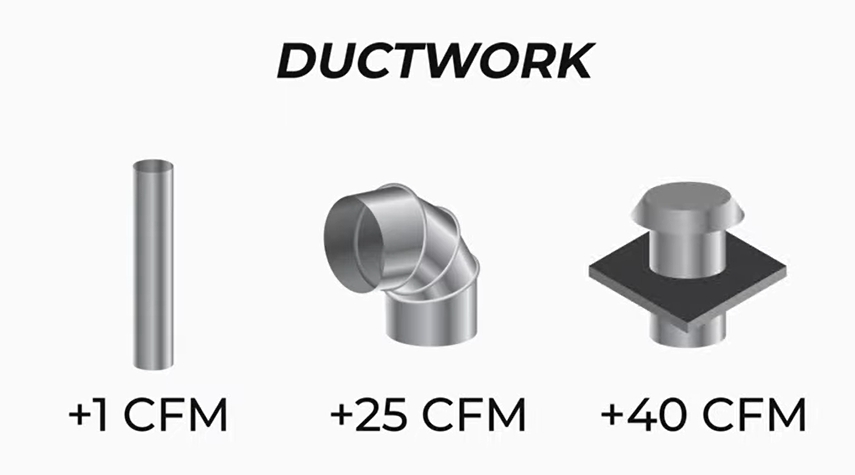When it comes to maintaining a comfortable and safe kitchen environment, a range hood is an essential appliance. It helps eliminate cooking odors, smoke, and grease, contributing to cleaner air and a better cooking experience. However, choosing the right range hood involves considering various factors, and one of the most critical aspects is determining the appropriate CFM (Cubic Feet per Minute) for your specific kitchen.
Understanding CFM: What Does It Mean?
CFM stands for Cubic Feet per Minute, and in the context of range hoods, it measures the amount of air the hood can move in one minute. In other words, it indicates the hood’s suction power. The higher the CFM, the more air the hood can remove from your kitchen, making it more efficient at clearing smoke and odors.
Determining Your CFM Needs:
Several factors influence the CFM you need for your range hood:
Cooking Habits: Consider how often you cook and the types of dishes you prepare. If you frequently cook foods with strong odors or high smoke content, you’ll need a more powerful range hood.
Kitchen Size: The size of your kitchen matters. Larger kitchens require higher CFM to effectively clear the air.
Stove Type: The heat output of your stove or cooktop matters. Gas ranges, for instance, produce more heat and therefore more fumes.
Ducted vs. Recirculating: Ducted range hoods, which vent outside, are more effective at removing odors and smoke. Recirculating hoods re-circulate the air through filters and then release it back into the kitchen. Ducted hoods usually equipped with higher CFM to be effective.
Cooking Styles: If you enjoy high-heat cooking techniques, such as searing or deep frying, you’ll need more CFM to manage the additional smoke and heat produced.
Calculating the CFM you need:
For an electric range: Multiply the width of your stove in inches by 10 to get the minimum CFM you need for your range hood. For example if the width of your cooktop is 30 inches, 30*10=300, you will need at least 300CFM for your range hood.
For gas range and barbecue grill: Total BTUs divide by 100 equals a minimum CFM.
For example if you have 4 burners, 2 with 15,000BTUs each and another 2 with 12,000BTUs each, (2*15,000+2*12,000)/100=540, you will need at least 540CFM for your range hood over your gas stove.
Add 200CFM to the minimum CFM you calculated and then you will get a good CFM you need for you new range hood.
Additional CFM needs of duct-work: for each foot of duct-work increase your CFM by one, for each turn in your duct increase your CFM by 25, and if you use a roof cap increase your CFM by 40.
Considering your cooking routine: If you enjoy using your stove frequently or do a lot of Asian cooking, frying, barbecuing, boiling or searing, add another 200CFM to the total CFM you have.
Choosing the right CFM for your range hood ensures that your kitchen stays clean, comfortable, and safe. An adequately sized range hood enhances your cooking experience and maintains a healthier indoor air quality.
At TGE KITCHEN, we have a great collection of range hoods of all different sizes and CFM. Check out our website at www.tgekitchen.com to find which range hood is right for you.
Post time: Oct-16-2023








